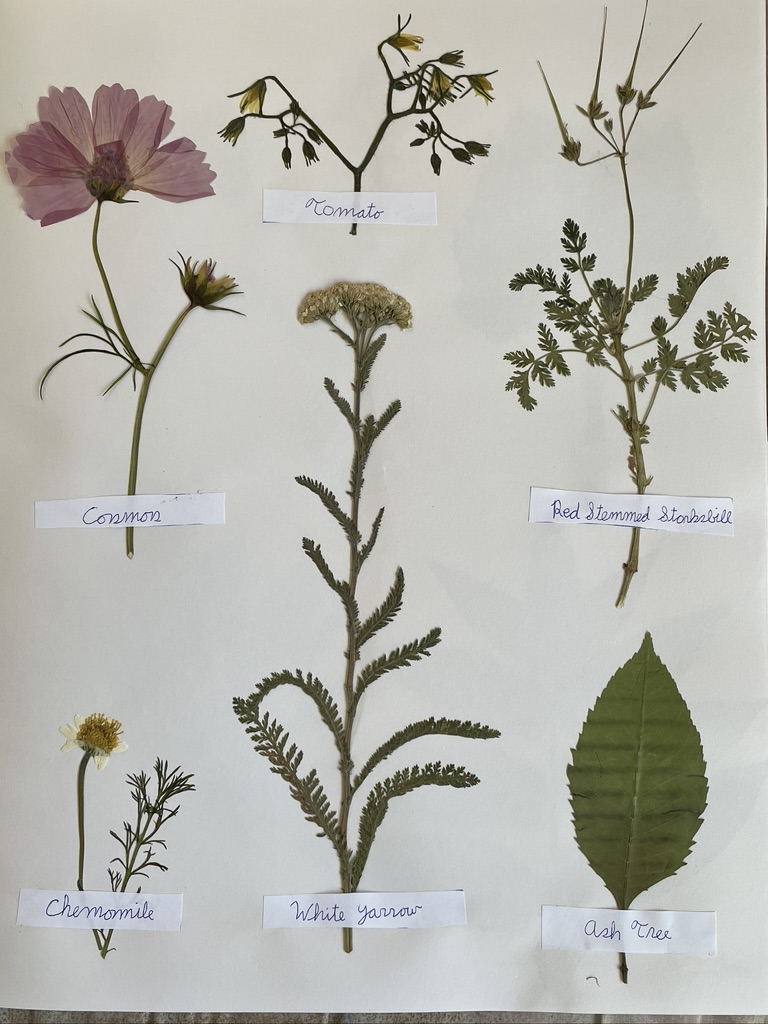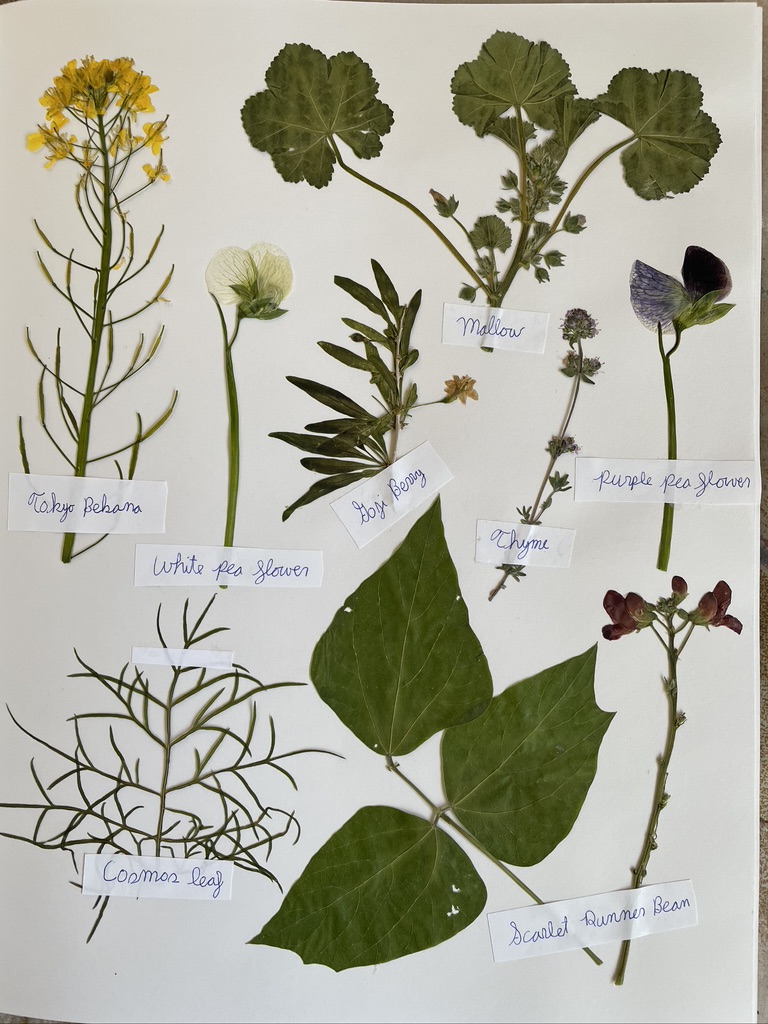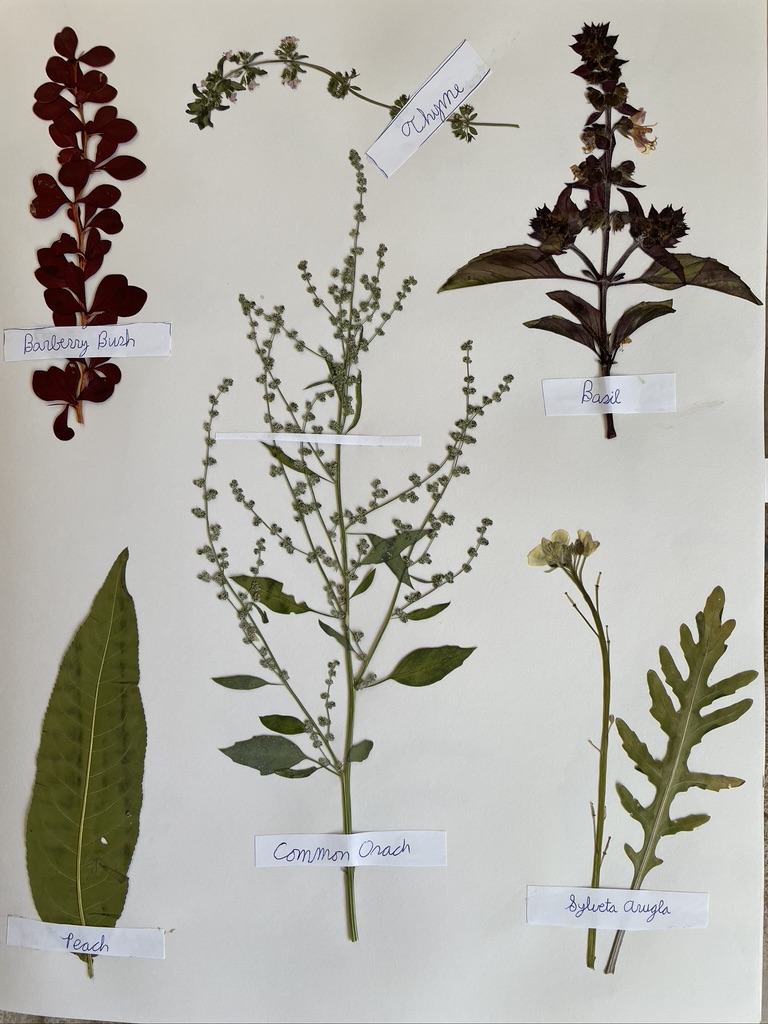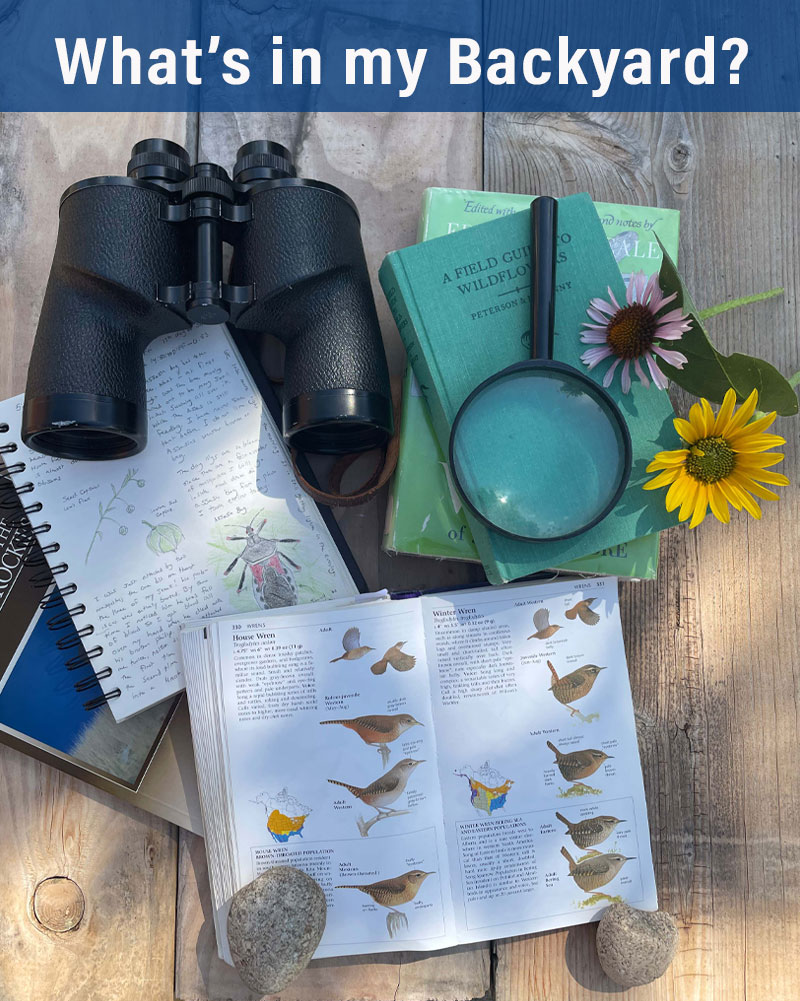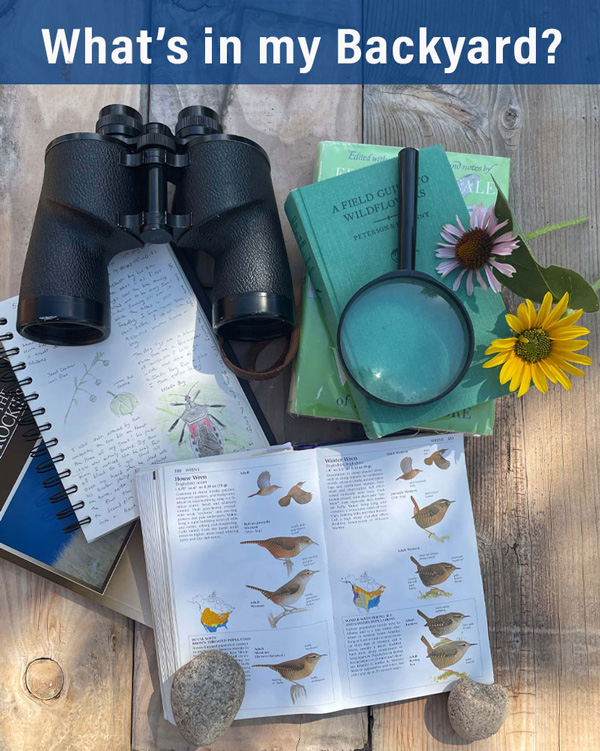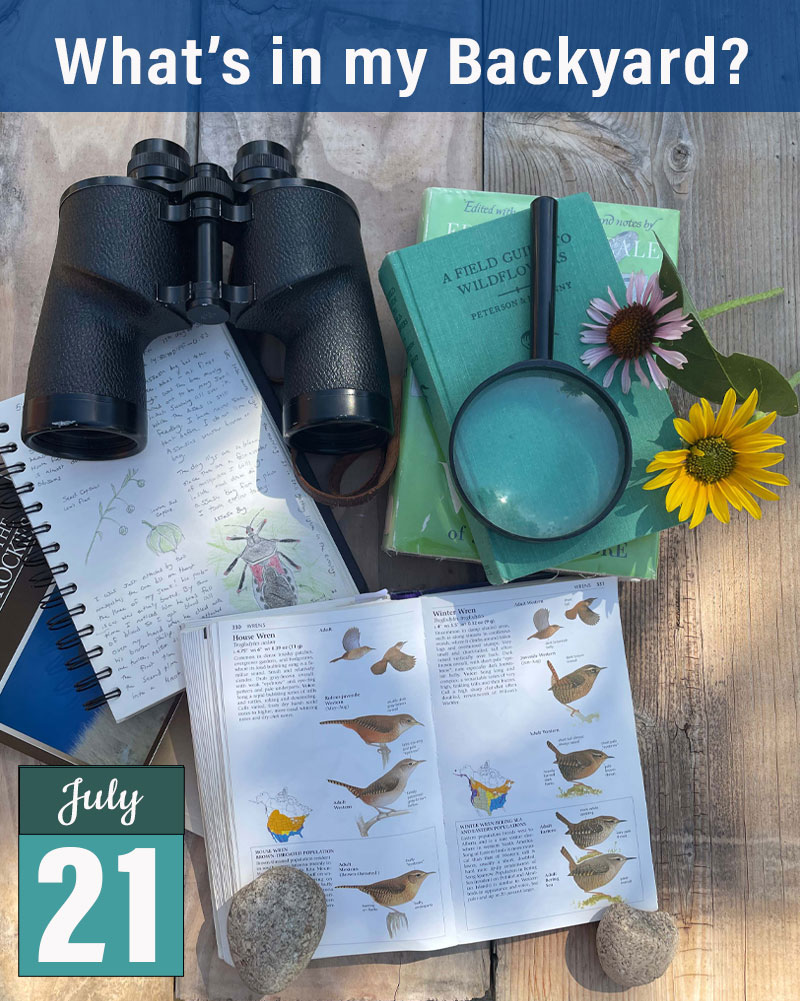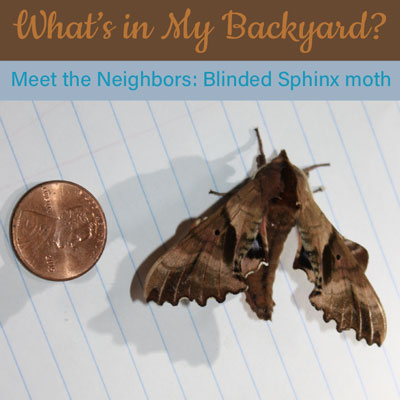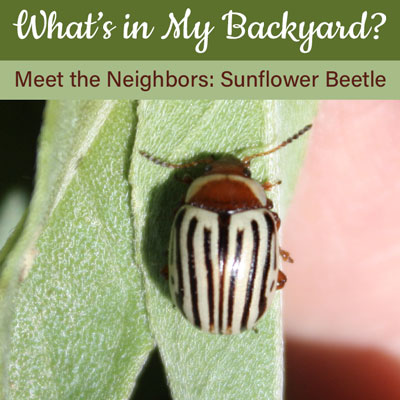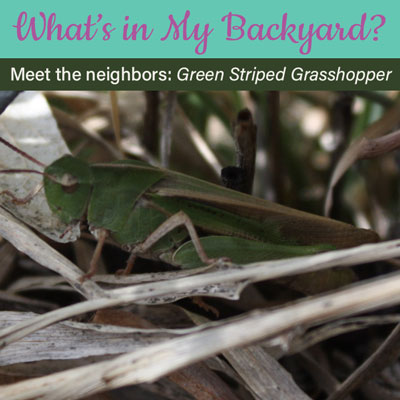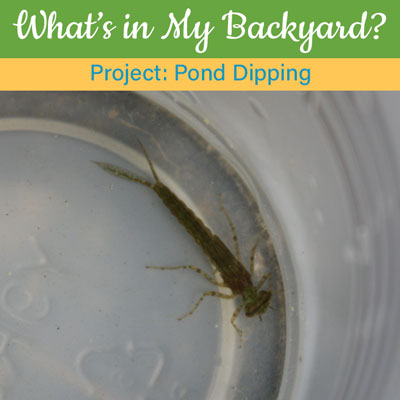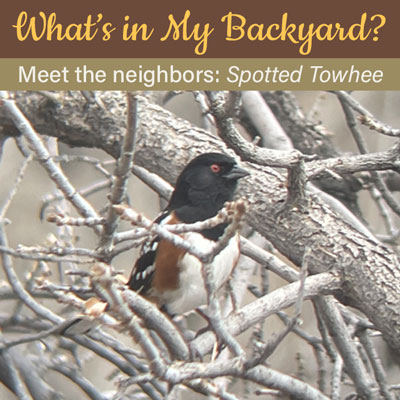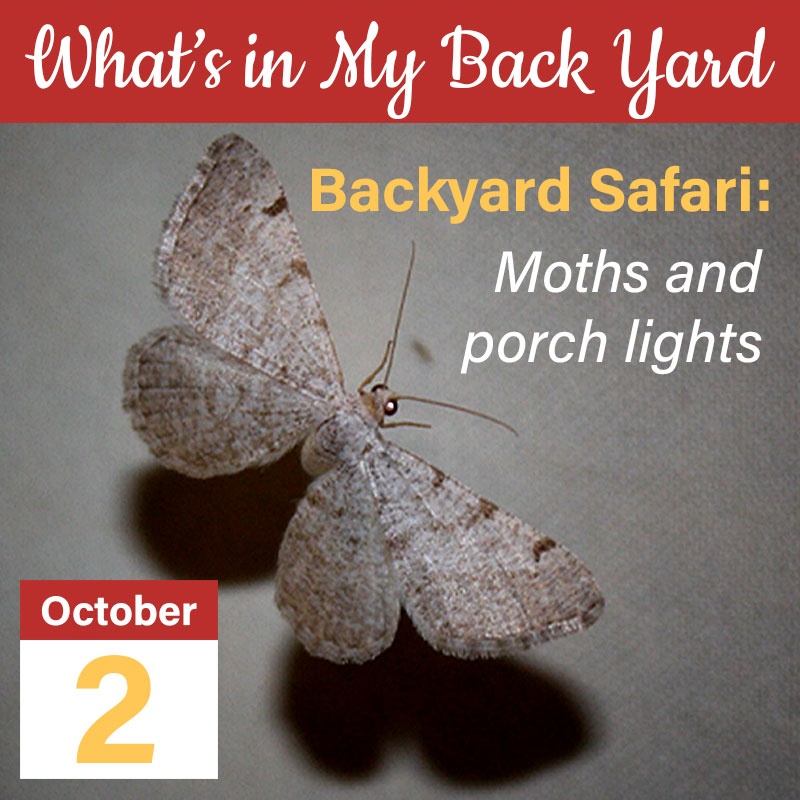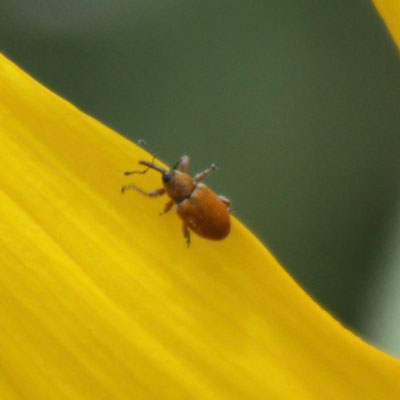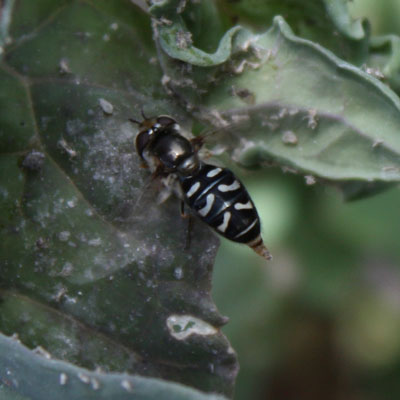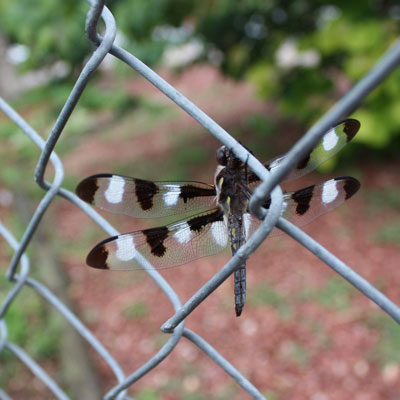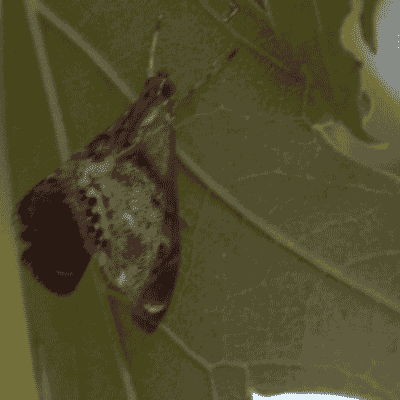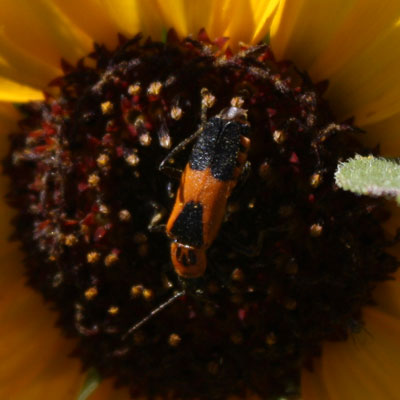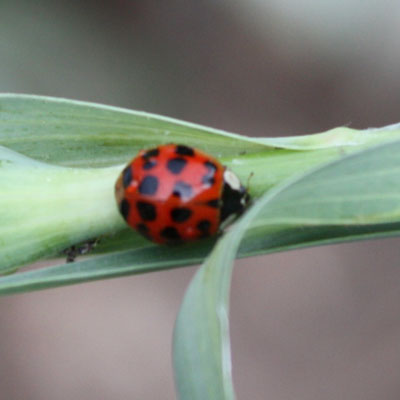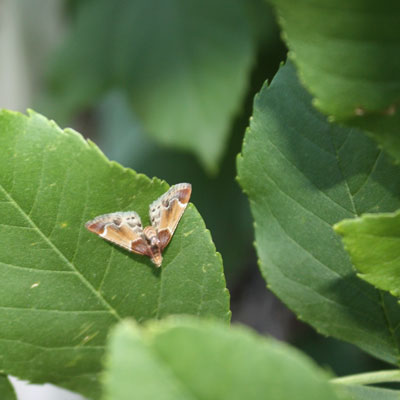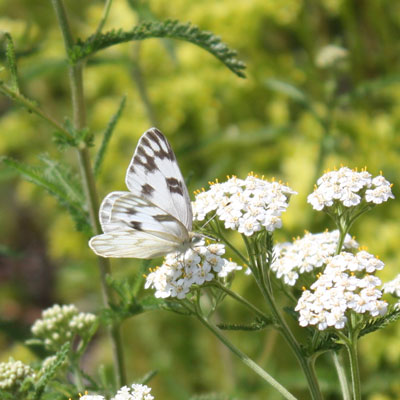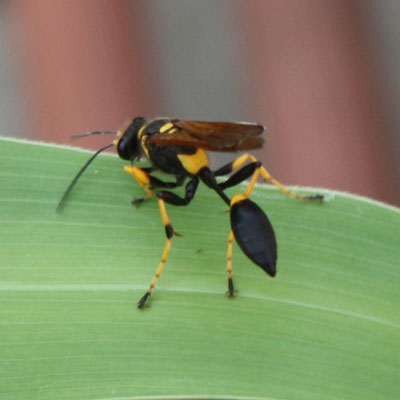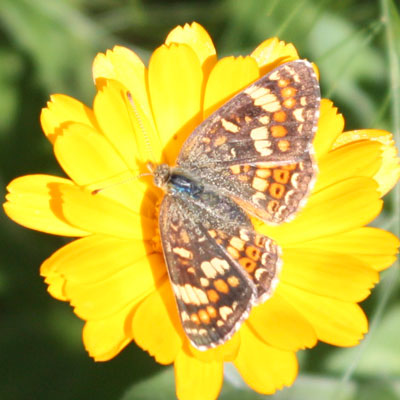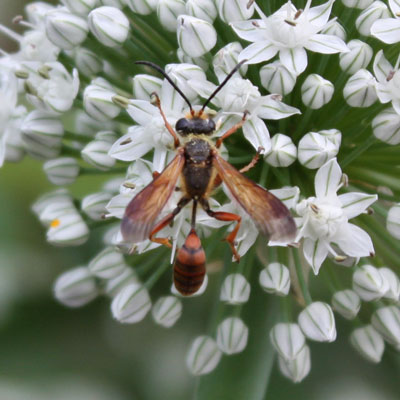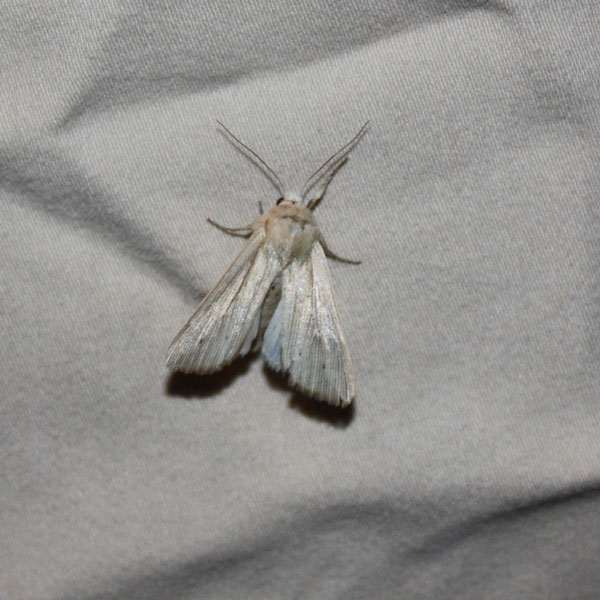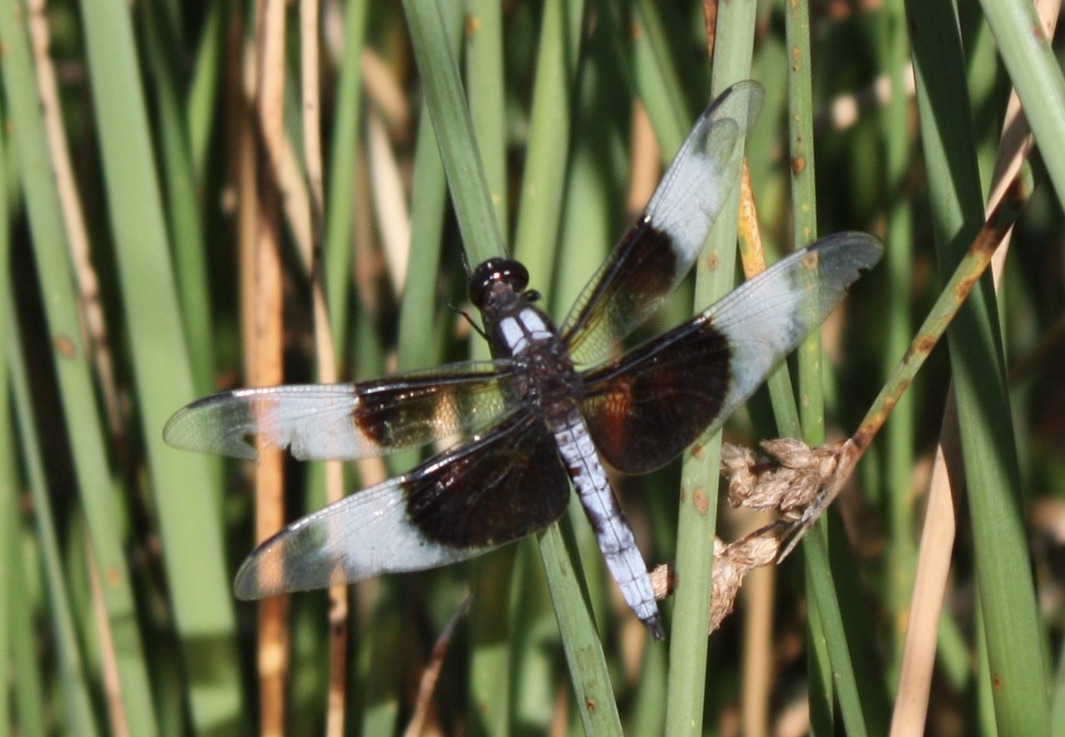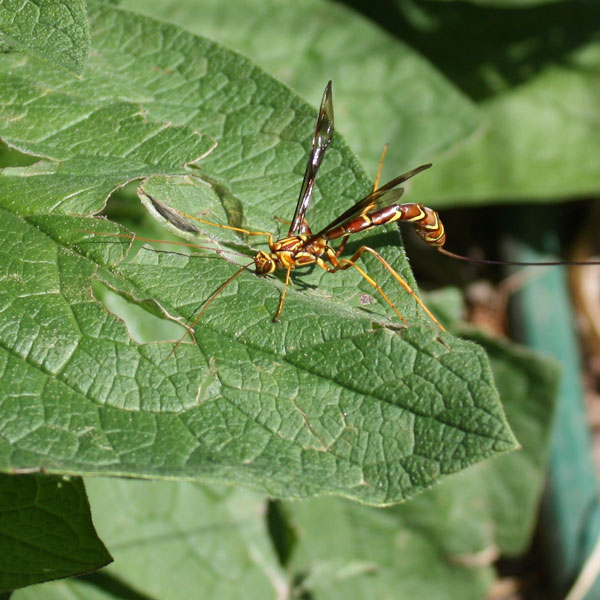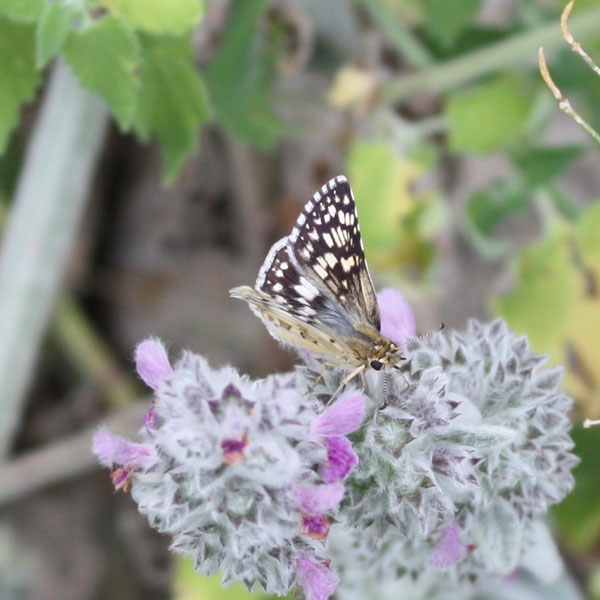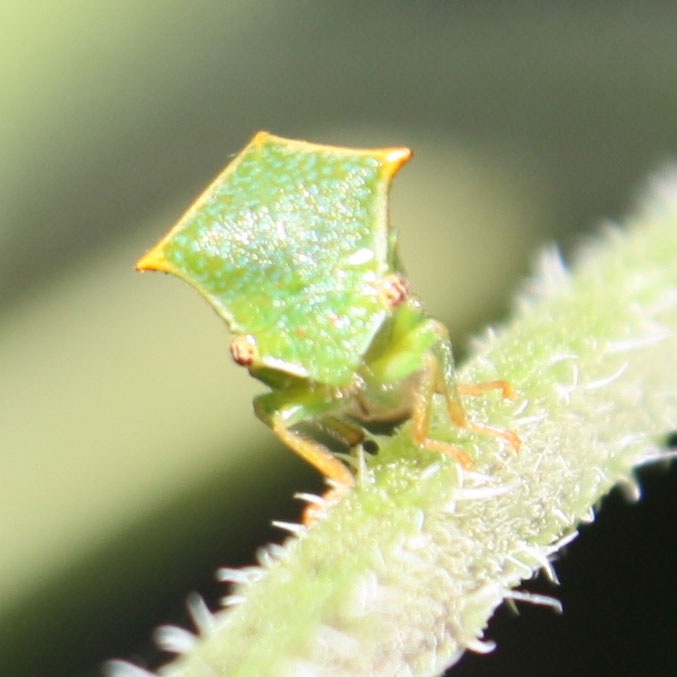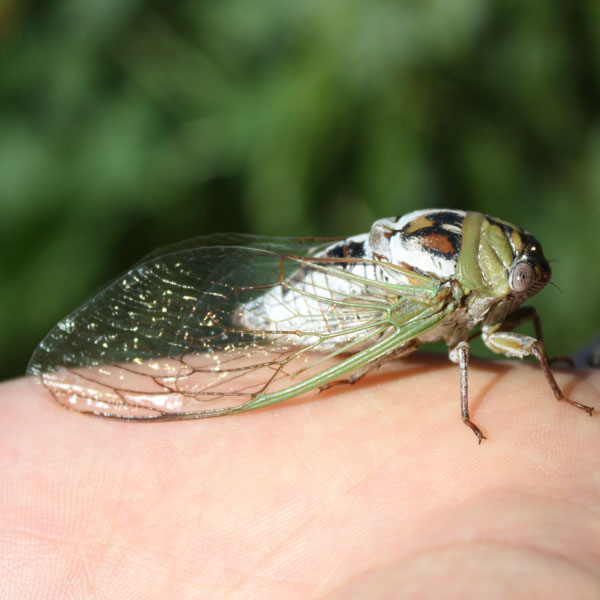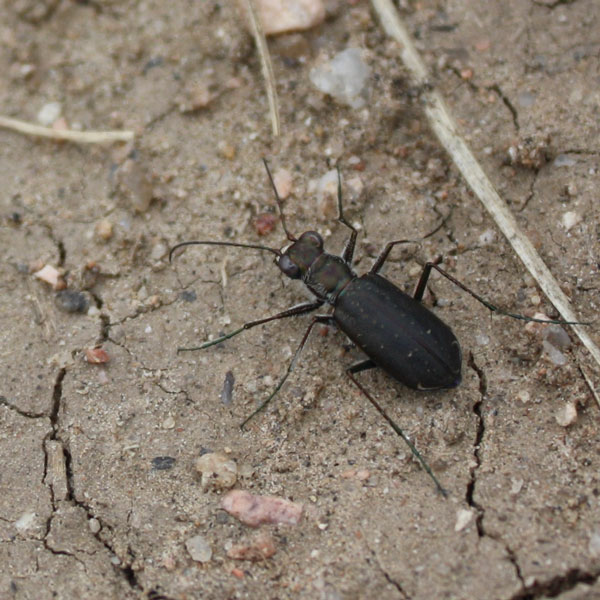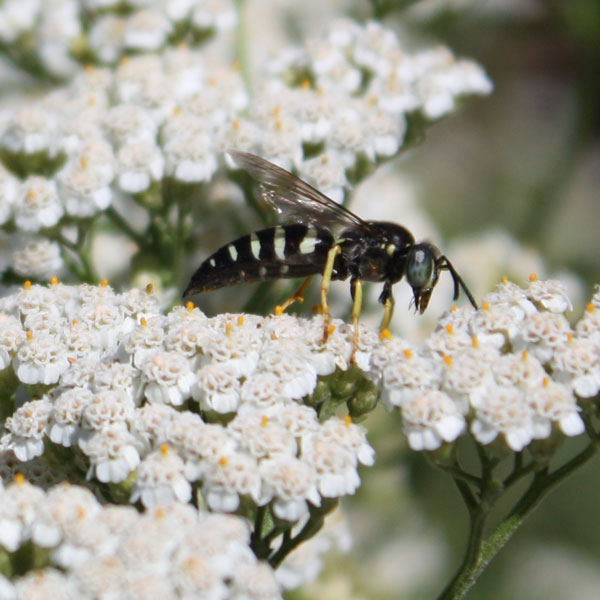What’s In My Backyard?
Projects: Pressing Plants
For the introduction to this series, see here.
Today we are going to press plants and make an herbarium. An herbarium is a collection of dried pressed plants mounted on stiff paper. Herbariums are useful to showcase the plants of a certain location. Often scientists can learn a lot from looking at old herbariums. For instance, they might be able to tell that a plant once grew in an area where now it is extinct. Or, if a plant has gone extinct entirely, often the only way scientists can study it is from samples from old herbariums. There are some herbariums that date back to the 16th and 17th centuries! You can easily make a herbarium yourself. You will need two pieces of wood, some clamps, absorbent pieces of paper, corrugated cardboard, a piece of wax paper, a bottle of white school glue, and a book with stiff pages to put your specimens in.
Step 1. Gather specimens of the plants you want to press. Always ask before you collect plants and only take one flower or leaf, not an entire plant.
Step 2. Place your specimens spaced out on several sheets of absorbent paper. Place more sheets on top. Sandwich these between two pieces of corrugated cardboard and place the whole thing between two pieces of wood. The order of your sandwich should go from top to bottom: Wood, cardboard, paper, plants, paper, cardboard, wood.
Step 3. Place a stack of heavy books on top of the top piece of wood or use clamps to squeeze your sandwich. Leave the press closed for a couple of days. Then open it and change out the papers. This process prevents the specimens from molding.
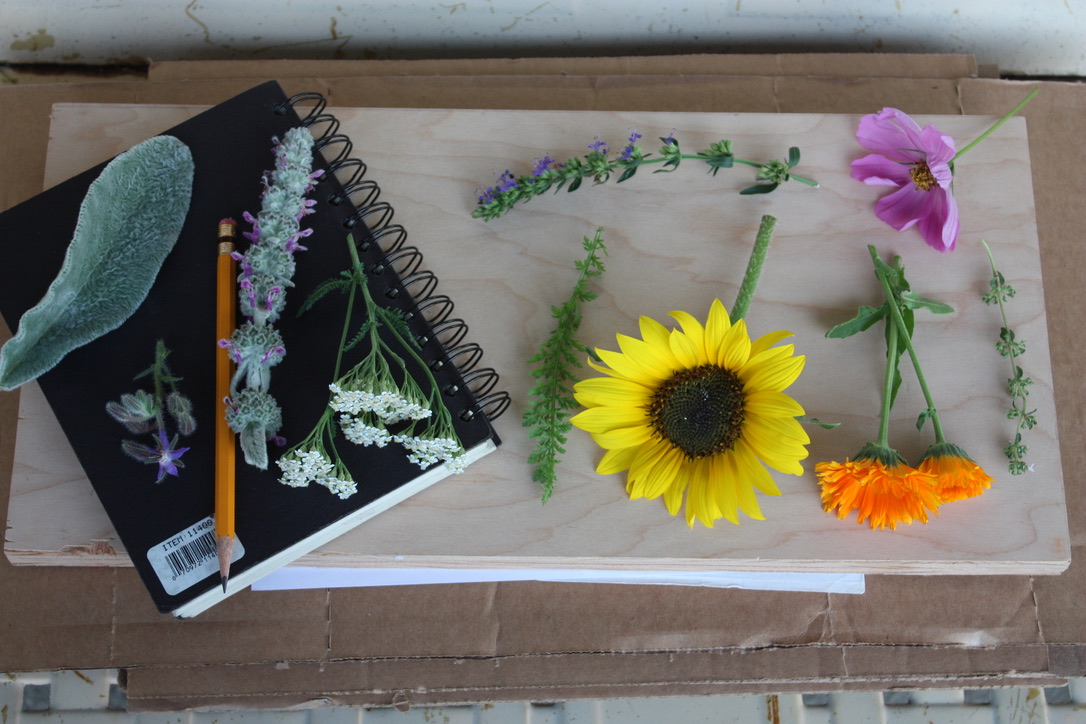
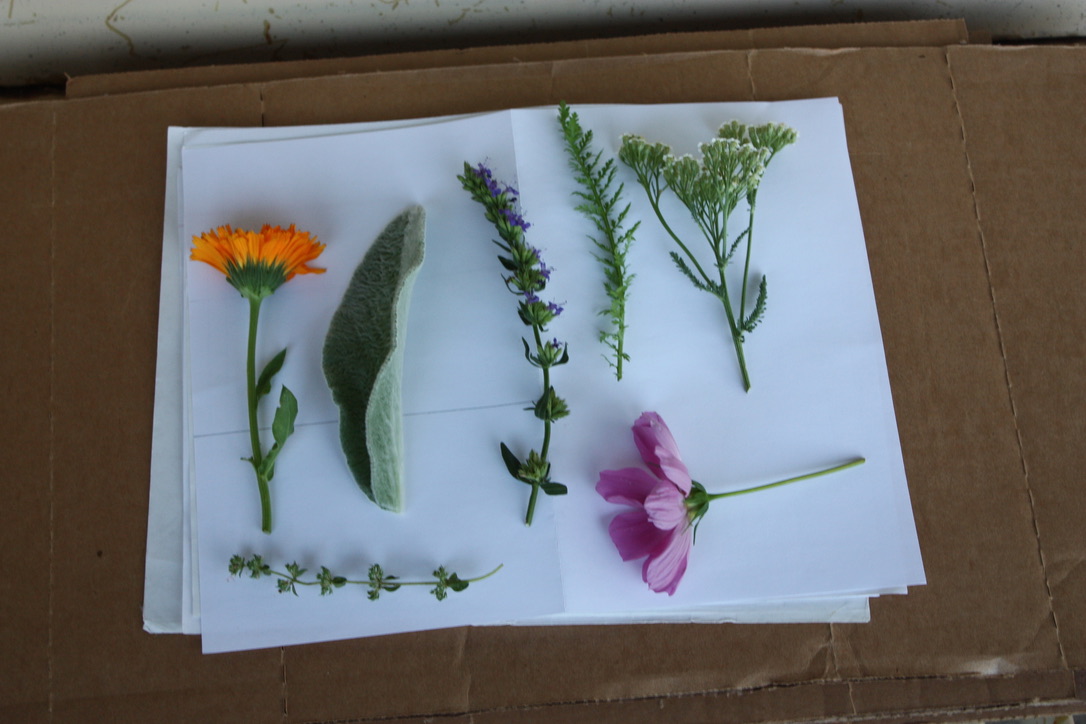
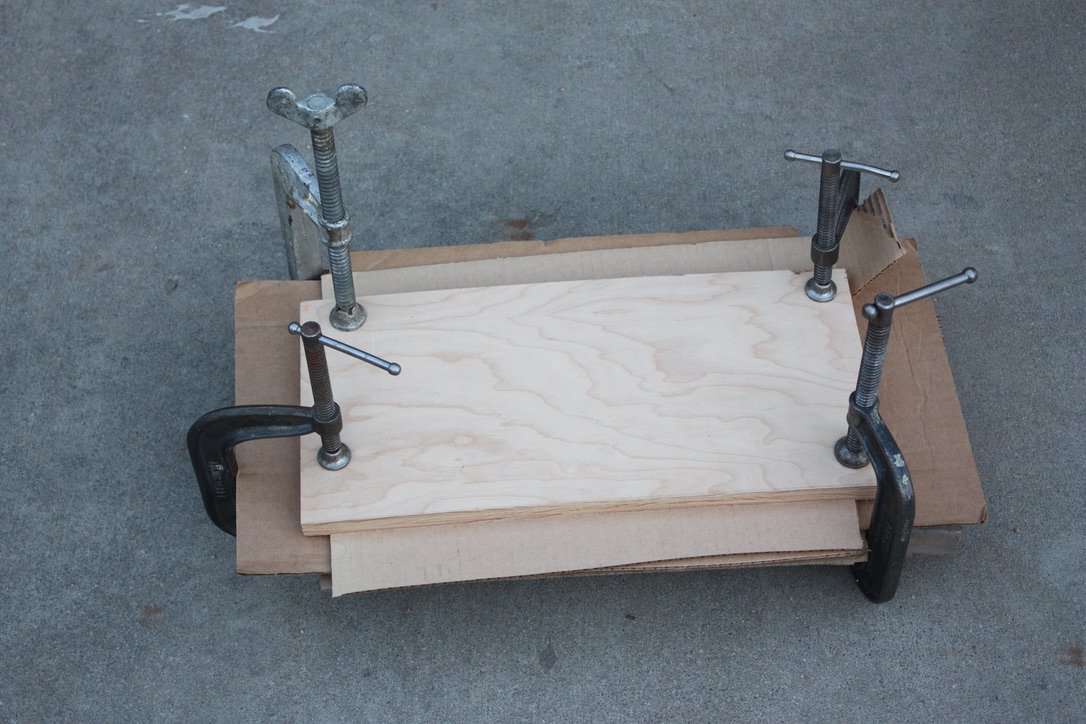
Step 4. After three weeks disassemble the press. Be careful when handling the plants as they are brittle and can be fragile. (If they are not dry and brittle, put them back in the press for another week.)
Step 5. Paste the plants into a special sketchbook or on to stiff paper. Place a small dab of glue on the back of each specimen and press it down into the book. Write the name of the plant on a piece of paper and paste it over the stem to hold the plant securely in place. If you want to include location and date, put them in next to the specimen. I did not put down the location as all these plants are from my yard. Below are three pages from my own herbarium. Branching plants like the middle one on page three are best held down by small strips of paper rather than with glue on the back.
Step 6. Place a piece of wax paper over the page to prevent it sticking to the other pages as the glue sets and then stack some books or other weights on top of your herbarium. Let it dry overnight and you are all done! Maybe four hundred years form now, a scientist will be amazed to find out that a long extinct plant once grew in your area!
